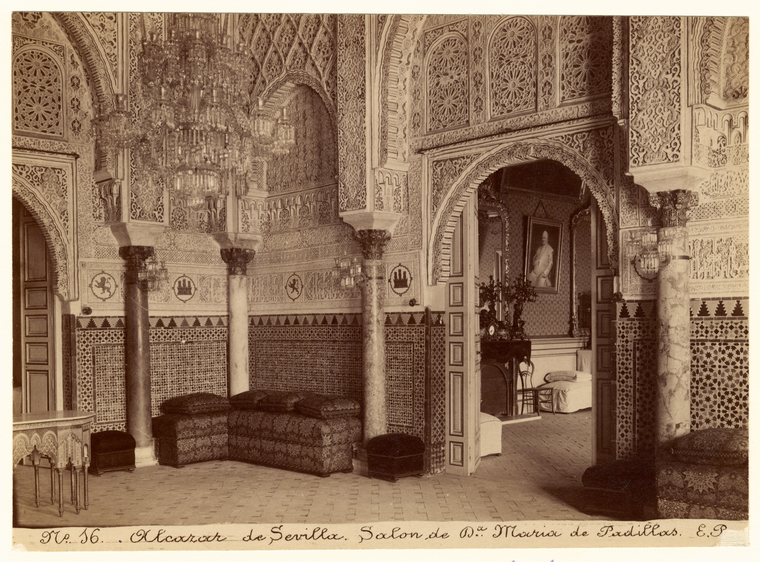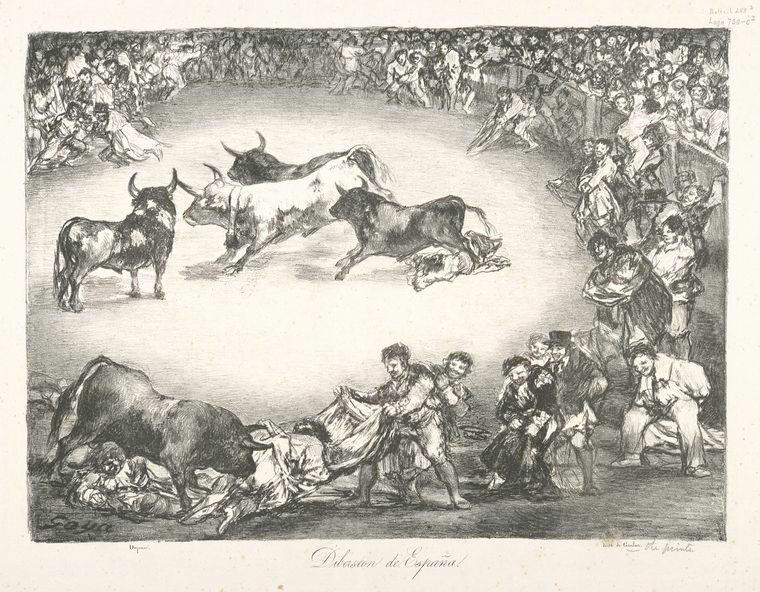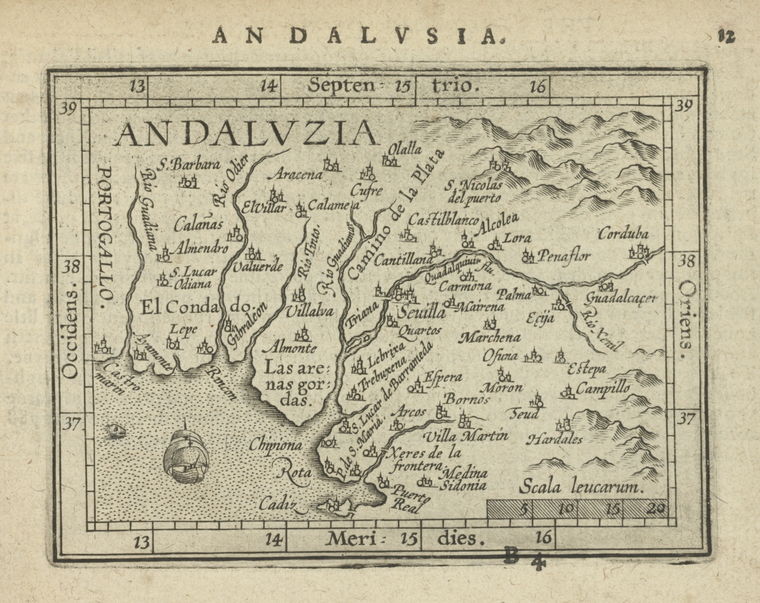Travel in Andalusia, Spain
The secret to a successful trip abroad may simply be to know yourself, what you are looking for, and where to find it. For the traveler looking for art and history, untouched mountain trails and sandy beaches, along with distinctive culinary and musical traditions, Andalusia in Spain may be the ideal choice.
Located at the southernmost part of the Iberian Peninsula, Andalusia’s major cities include Cordoba, Granada, Malaga, Ronda, and its capital, Seville. These urban centers boast a great number of museums and galleries, historical monuments such as palaces, castles and churches or mosques, and countless restaurants and tapas bars. Traveling by public transportation or your own car, you will cross through beautiful inland routes that lead to rough and untouched mountain villages, or busy tourist resorts along the coasts.
If you are looking for historical monuments, you will be glad to know that Andalusia has settlements dating back to the Roman times, and has seen the presence of Vandals, Visigoths and Byzantines in its midst. During much of the Middle Ages, Andalusia was under Muslim rule, and the castles and palaces they left behind bear the distinct marks of this history. Examples of monuments built during the Christian rule from the 16th century onwards include Gothic and Renaissance Cathedrals, and numerous smaller churches and monasteries. Practically every city also retains part of its old medieval quarters, with narrow winding cobbled streets, whitewashed houses with spectacular courtyards, and an overall sense of taking a step back in time.

Andalucia’s coastline is over 500 miles long, most of which is sandy beach. There are beaches for all tastes, from popular resorts bouncing to the music of beach bars, to quiet inaccessible coves. It is worth checking out the Costa de Almeria, the Costa Tropical and the trendy Costa del Sol. For a dip into the Atlantic, the Costa de la Luz lies along the shore to the west of Gibraltar. Many of these beaches meat the criteria of the Blue Flag Programme for environmental management. If you are not a fan of the beach, the Sierra Nevada mountain range offers spectacular mountain views, trekking opportunities through untouched villages and national parks, and even skiing at Europe’s southernmost ski station.

For those whose travel plans take them elsewhere but still have a craving for Andalusia, why not curl up at home, listen to some flamenco music by one of Spain's most beloved composers and guitarists, Paco de Lucia, and read all about Andalusia in the 1920s and 1930s in Gerald Brenan's book South from Granada: a delightful trip down memory lane of life in Yegen, a small village in Andalusia's Alpujarras district, with the added bonus of visits from Virginia Woolf and Lytton Strachey.
Did you know…?
- Andalusia takes its name from Al-Andalus, the name originally given to all parts of the Iberian Peninsula that were at various times governed by Muslims over the period 711-1492.
- During the 10th century C.E. the city of Córdoba was one of the largest and most prosperous urban centers of medieval Europe, enjoying street lighting, an extensive irrigation system, and great universities and libraries that contributed to a flourishing cultural and intellectual life.
- On February 28 Andalusia celebrates Día de Andalucía ("Day of Andalusia"), which commemorates the 1980 referendum that led to declaring Andalusia an autonomous community of Spain.
- South from Granada was filmed by Fernando Colomo in 2006.
Sources
Lonely planet Andalucía (2006)
Read E-Books with SimplyE
 With your library card, it's easier than ever to choose from more than 300,000 e-books on SimplyE, The New York Public Library's free e-reader app. Gain access to digital resources for all ages, including e-books, audiobooks, databases, and more.
With your library card, it's easier than ever to choose from more than 300,000 e-books on SimplyE, The New York Public Library's free e-reader app. Gain access to digital resources for all ages, including e-books, audiobooks, databases, and more.
If you don’t have an NYPL library card, New York State residents can apply for a digital card online or through SimplyE (available on the App Store or Google Play).
Need more help? Read our guide to using SimplyE.

Comments
Wow, I'm sold on Andalusia!
Submitted by Laura Ruttum on March 26, 2010 - 4:46pm
Thank you!
Submitted by (not verified) on March 30, 2010 - 1:34pm
Ryan
Submitted by (not verified) on May 6, 2010 - 1:06am